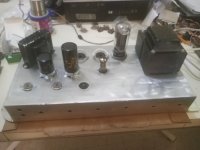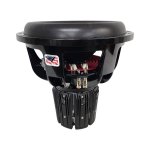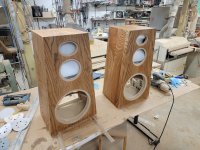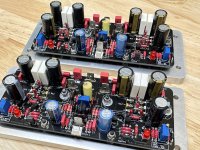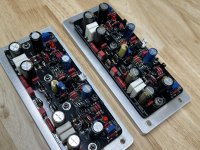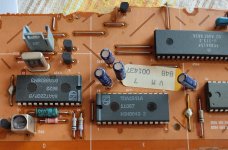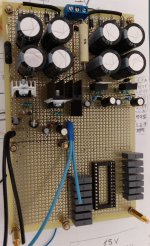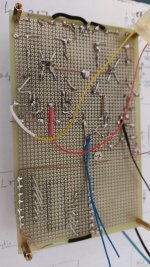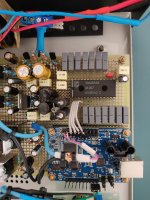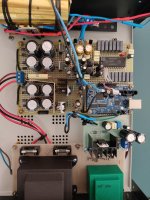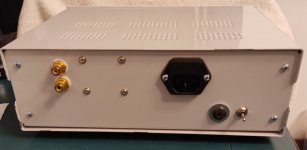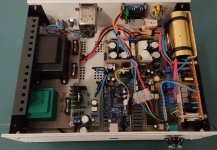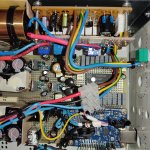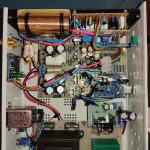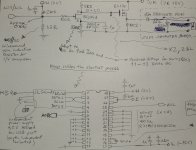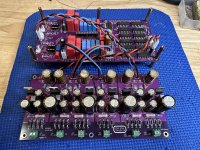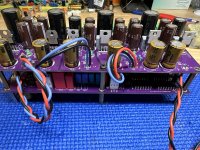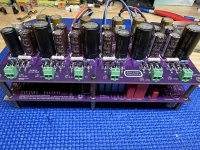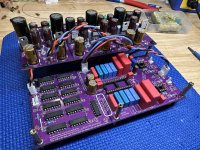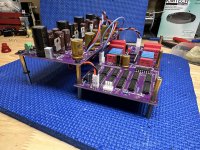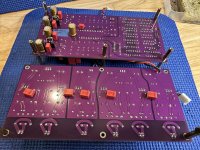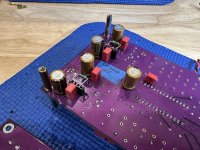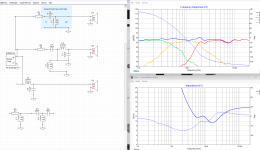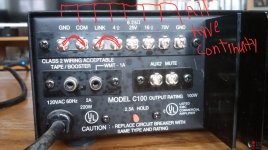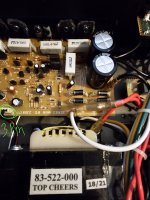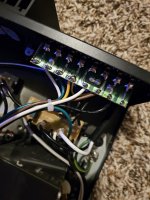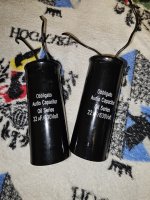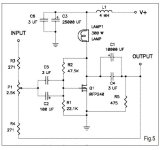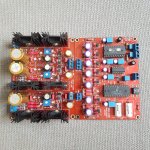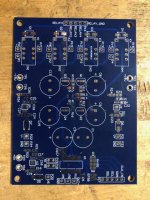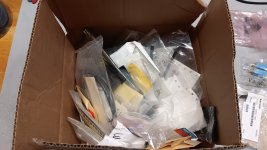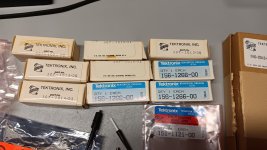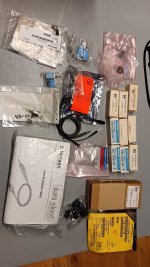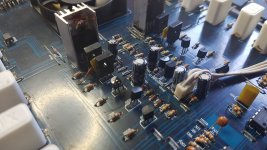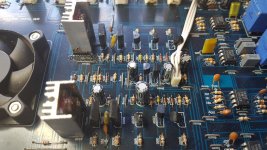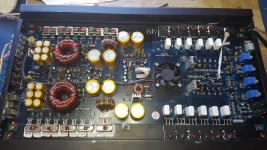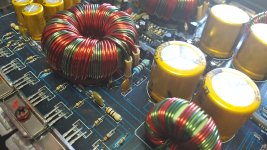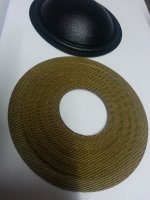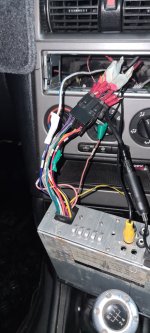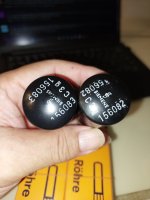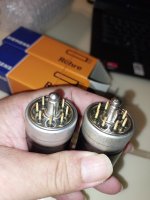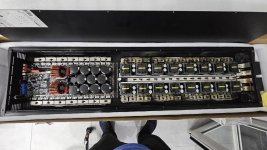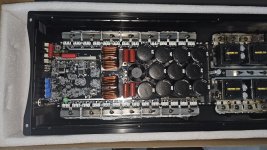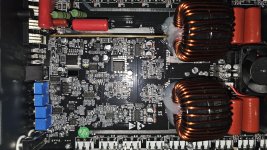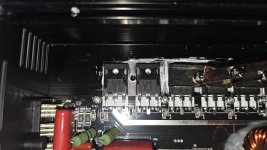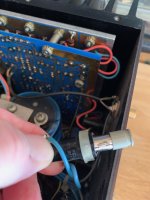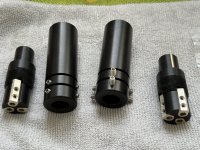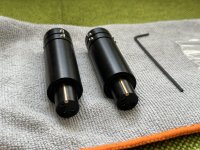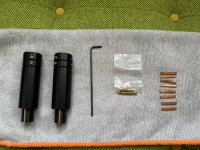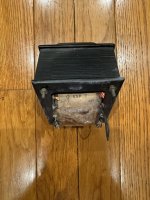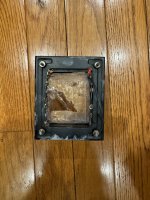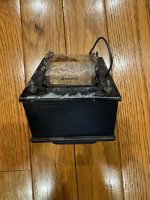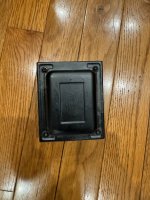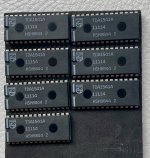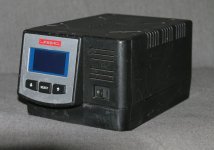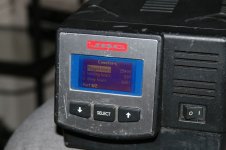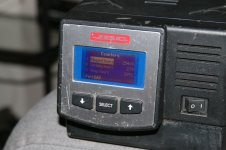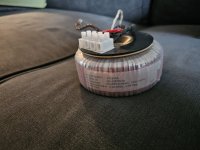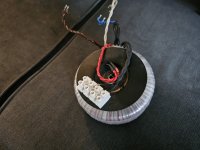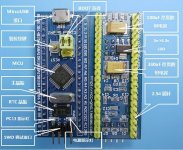Lowering rectifier voltage in tube amplifier
- By Analog Gary
- Tubes / Valves
- 1 Replies
I've been all over the Internet looking for a good answer to lowering the voltage down after The rectifier tube. I have a 5U4GB rectifier tube in A 6l6 GC PP amplifier. 525 on The Plates , 400 on The screen and - 26 Bias. This is with the Rectifier tube in and the output tubes out. Also I have a 100 ohm 1 watt resistor going to the second can getting extremely hot. I'm guessing that it is the one lowering the pre Amp section down to 400 At the second can. My Filter Cans are 500 volts 50/50 and 32/32. A little bit more filtering than the amplifier had in it originally. 40 and 20 were in it originally. I'm going to The 50/50 first. Line is At 123 AC. My plan was to put a 10 watt 100 ohm cement resistor after the rectifier tube and before the first filter can. Also to put one in the place of the one getting hot for the pre Amp power on the second Filter can if the first resistor doesn't cool it down to a reasonable amount of heat. I would think that It should be able to stay cool especially with the two 6l6 tubes out. I also put a 1 ohm resistor on the cathodes so I can read the ma of the tubes..I wasn't sure where to put the two 5k Bias pots At. Or if I really need them or not. I have switched over the chassis with this thing and I don't have any type of wiring diagram for it. It came out of a 1960 Whirlizer Organ and without knowing what organ it came out of the wiring diagram is impossible to find. The amplifier number is pretty much useless in finding it. Whirlizer 501273 is the amplifier number for what it's worth. I've been reading about using chokes also but I don't know if I should go that way without knowing anything about the specifications. Seems much easier to use resistors first to get it under control. It seems like 100 ohms in 10 watts resistance is pretty standard for lowering down the voltage. I've Used 120 ohms Cement resistors At 5 watts before in small tube line amplifiers to get the running voltage down after the rectifier tubes. It seems to work pretty good in them. But A small line amp and this 6l6 GC seem like they are world's apart. I'm also A little concerned with the low amount of bias voltage -26 being supplied. Any help appreciated. It's a project Amplifier.
